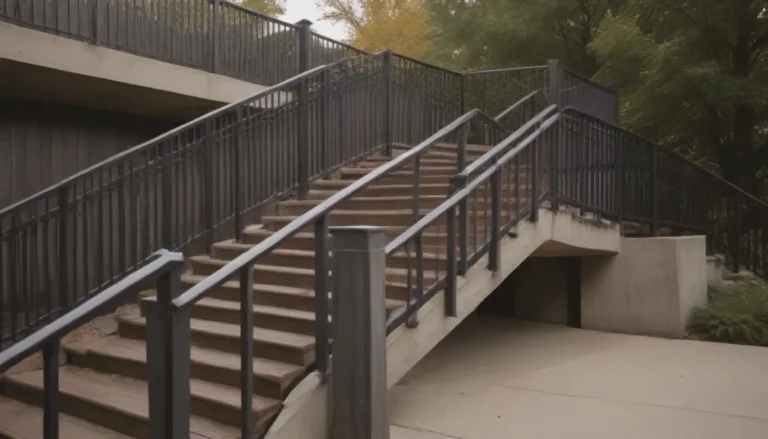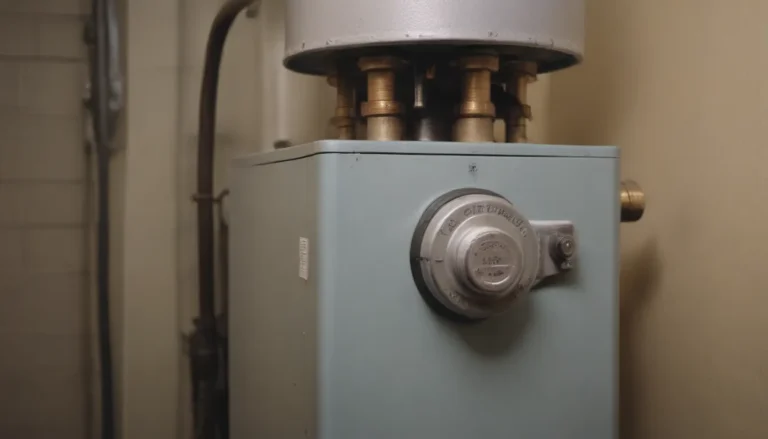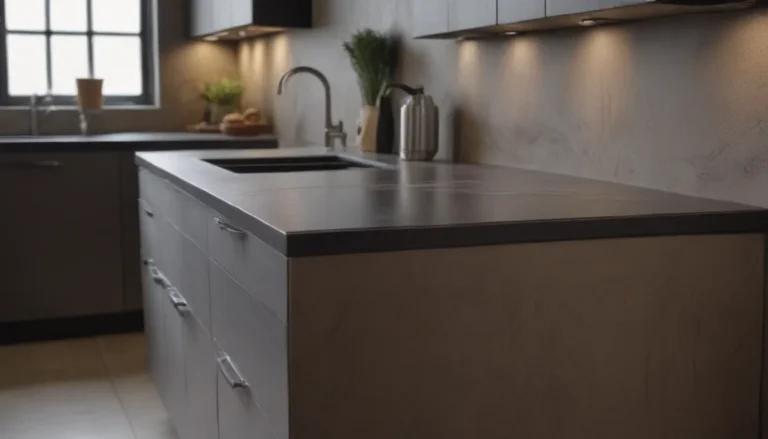Troubleshooting Guide: Why Your Refrigerator Isn’t Cooling Properly and How to Fix It

If you’ve ever opened your refrigerator and discovered spoiled food or lukewarm beverages, you know how frustrating it can be when your fridge isn’t cooling properly. However, beyond the inconvenience of dealing with bad odors and wasted groceries, a malfunctioning refrigerator can also pose health risks. Pathogens like Listeria and mold thrive in warmer temperatures, making it crucial to address cooling issues promptly. While the thought of purchasing a new refrigerator may cross your mind, many cooling problems can be resolved without the need for expensive replacements. With some simple troubleshooting and maintenance tips, you can often get your fridge back to its optimal cooling performance.
The Average Lifespan of a Refrigerator
Before we dive into the reasons why your refrigerator may not be cooling properly, it’s essential to understand that the average lifespan of a refrigerator is approximately 10 years. However, with proper maintenance, your fridge can last up to 20 years. Regular care and timely repairs can significantly extend the lifespan of your appliance.
Reasons Your Refrigerator Is Not Cooling Properly and How to Fix It
- Improper Temperature Control
- What Is Optimal Fridge Temperature? The FDA recommends setting your refrigerator temperature at 40 degrees Fahrenheit or lower, and your freezer at 0 degrees Fahrenheit or lower. Investing in a separate appliance thermometer can help you accurately monitor the temperatures.
-
How to Fix It: Adjust the temperature control settings to the recommended levels and ensure they are not accidentally altered by external factors like food items or curious children.
-
Dirty Condenser Coils
- Cleaning the condenser coils located at the back of your refrigerator is a simple yet essential maintenance task.
-
How to Fix It: Regularly clean the condenser coils to allow proper heat dissipation and enhance the cooling efficiency of your refrigerator. Consider cleaning them more frequently if you have pets that may contribute to faster buildup.
-
Dirty Door Gaskets
- Over time, the door gaskets can accumulate dirt and debris, compromising the seal and hindering the cooling process.
-
How to Fix It: Clean the door gaskets regularly to ensure a tight seal that keeps the cold air inside the refrigerator and maintains optimal cooling.
-
Blocked Air Vents
- Food items inside the refrigerator can obstruct the air vents, preventing proper airflow and causing cooling issues.
-
How to Fix It: Rearrange items in your fridge to ensure adequate airflow through the vents and allow the freezer air to circulate effectively.
-
Understocked Refrigerator
- A fridge that is understocked may struggle to maintain cool temperatures as the mass of food helps regulate the internal temperature.
-
How to Fix It: Ensure your refrigerator is adequately stocked to provide thermal mass that aids in temperature regulation.
-
Faulty Door Gaskets
- If cleaning the door gaskets does not resolve the sealing issues, it may be time to replace them to ensure a proper seal.
-
How to Fix It: Test the gaskets with a dollar bill to check for proper sealing. If replacements are needed, you can attempt it as a DIY project to save on repair costs.
-
Out of Level Refrigerator
- Ensuring your refrigerator is level is crucial for its proper functioning, as uneven surfaces can prevent the doors from closing correctly.
-
How to Fix It: Use a bubble level to adjust the fridge’s leveling feet and ensure it is stable and properly aligned.
-
Inadequate Clearances
- Maintaining sufficient clearance around your refrigerator is essential for proper air circulation and cooling efficiency.
-
How to Fix It: Check and adjust the clearances on the sides and back of the fridge to allow for free airflow and enhance cooling performance.
-
Location Impacting Cooling Capacity
- Placing your refrigerator in environments with extreme temperatures, such as garages or close to heat-generating appliances, can affect its cooling capabilities.
-
How to Fix It: Choose a location with moderate temperatures and ensure the refrigerator is not exposed to direct sunlight or nearby heat sources that may interfere with cooling.
-
Faulty Electric Supply
- Sometimes, the issue may be as simple as a loose or unplugged plug, or a burnt-out bulb causing a lack of cooling.
- How to Fix It: Check the power supply, including the plug and bulb, to ensure they are functioning correctly and providing power to the refrigerator.
When to Call in the Pros
While many cooling issues can be resolved through DIY troubleshooting and maintenance, some complex problems may require professional intervention. Issues like malfunctioning evaporator fans, faulty coils, or defrost timer malfunctions are best handled by appliance technicians. If your fridge continues to experience cooling problems despite your efforts, it may be time to seek professional help to diagnose and repair the underlying issues.
Final Tips for Refrigerator Maintenance
– Regularly clean the condenser coils to prevent dust buildup and ensure efficient cooling.
– Check and clean the door gaskets periodically to maintain a tight seal.
– Monitor the temperature settings and adjust them according to recommended levels.
– Keep the refrigerator properly stocked to help maintain consistent temperatures.
– Ensure proper ventilation and clearances around the refrigerator for optimal cooling performance.
By understanding the common reasons why your refrigerator may not be cooling properly and following these simple troubleshooting tips, you can ensure that your appliance operates efficiently and keeps your food fresh and safe. Remember, regular maintenance and timely repairs are key to extending the lifespan of your refrigerator and avoiding costly replacements. So, don’t let a warm fridge spoil your groceries—take action to keep it cool and running smoothly for years to come.





